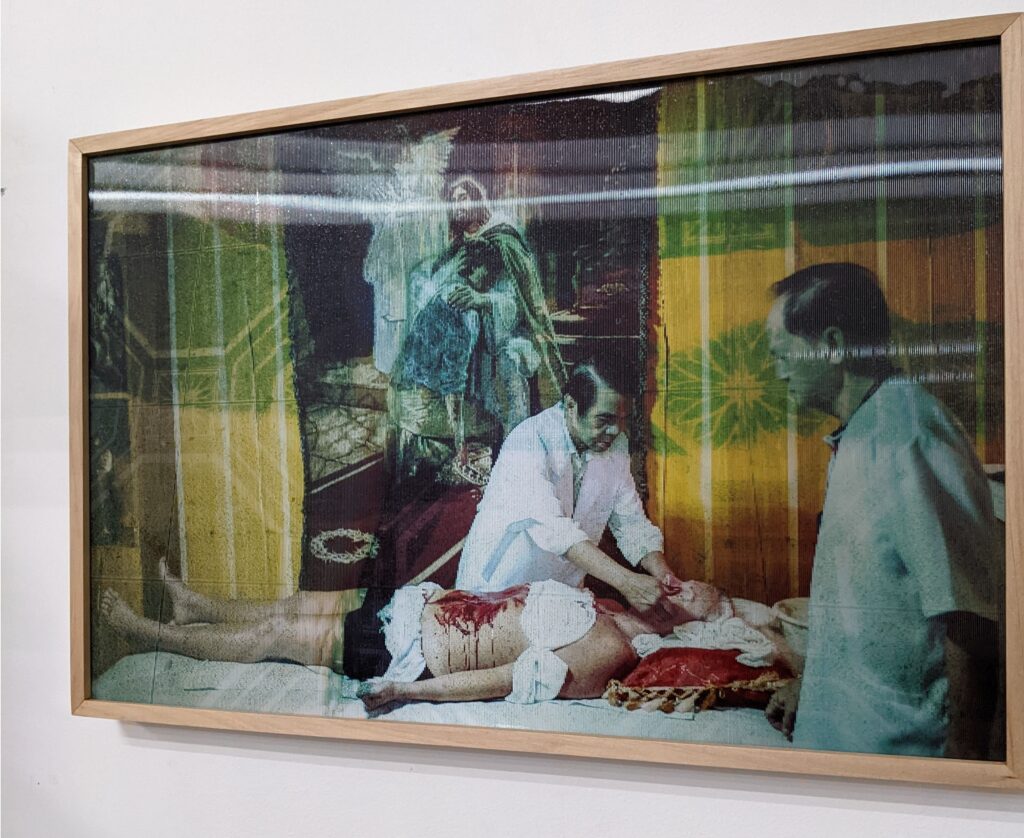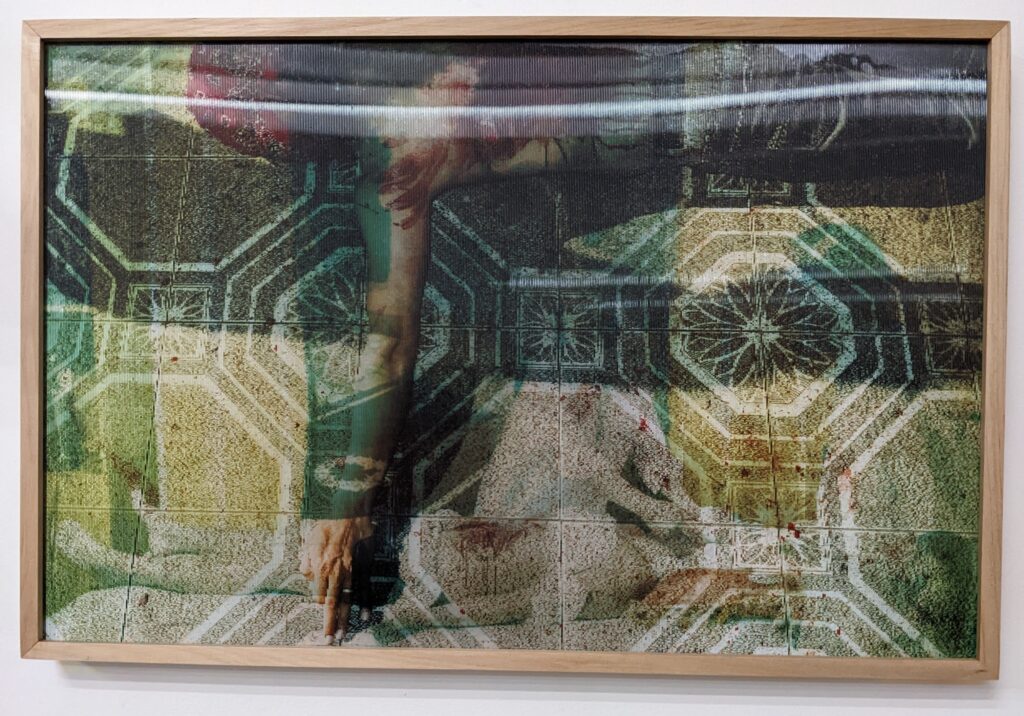In Barrio Sagrado, Veejay Villafranca ventures to explore the different facets of Filipino faith through his lens. The impetus that launched this long-term project was personal: a newspaper clipping about his grandfather who was plausibly poisoned by a faith healer. In the 70s, journalist Vic Villafranca went to Baguio for an assignment to uncover psychic healers. In the same newspaper where he published his stories, the writer became the news when they reported about his apparent poisoning after drinking the coffee offered by the faith healer he was interviewing.
The journey of the older Villafranca inspired the younger to expand the investigation to cover a much larger narrative surrounding spiritual practices in the Philippines. This time however, Veejay uses photos instead of words as a means of recording.
Started in 2010 as Faith Above Fate, this long-term project has already covered four subjects so far: the rich rituals in the small island of Siquijor, the bristling devotion during the Feast of Black Nazarene, the physical penitence of a group of Christians every Holy Week, and – going back to its roots – the raw process of psychic surgery by Jun Labo, a known faith healer in Baguio.
The documentarian packages these stories in high contrast black and white photographs where the minute details of each scene are highlighted. In the Not Visual Noise, a 2019 exhibition at Ateneo Art Gallery that showcased the breadth of contemporary Filipino photography, Villafranca’s storytelling took a different shape. Aside from his usual monochromatic prints, he also produced colored 12.5” x 18” lenticular prints framed in half-inch wood featuring photos from the psychic surgery portion of the project.
Knowing the medium of the work is important to understand how to describe them. Lenticular printing is a method that can be used to add an illusion of depth to a two-dimensional photograph. By interlacing two images and applying a sheet of concave lenses corresponding to the interwoven lines on the print, one will be able to see the images separately depending on the angle of viewing. Given the concept, this would entail a three-fold description of each lenticular print. Among the three that Villafranca made for Not Visual Noise, this essay will only focus on one work.

A photo on this lenticular print features two tableaus: the faith healing in the foreground and the stitched rug in the background where each has three characters. For the foreground scene, Labo gently cups the face of his patient who appears to be lying still despite his bloodied stomach. His clenched fist betrays a sense of comfort. A figure at the right, presumably Labo’s assistant, is disconcerting in many ways. The grayish hue of his skin appears cadaveric (will it be the fate of the patient?) and the slight blur of his body indicates movement (is he pacing back and forth, as if like an angel of death waiting for the soul to finally surrender?). Now, the scene is juxtaposed with the characters on the rug behind Labo: Jesus Christ embracing a kneeling man crying on his chest, and an angel standing beside Christ. They are all standing on a blood-red carpet, which complements the color of the patient’s fluid and the pillow in Labo’s room.

Switching to the other photo, there is now a man lying on the floor. His body is cut lengthwise by the top of the frame, his torso bare and bloodied. He is wearing light wash jeans with multiple chains, unmarred with red juices. The upper half of his face is concealed by a red bandana, while the shadows take care of the lower half. The floor is patterned with large octagons interconnected by squares, in which the combination of the two shapes made them look like crosses. His visible arm is outstretched like Jesus on the cross, limp and resigned to his fate, unclear whether he is on the path of salvation or damnation.
Combining these two images, we get another print. Aesthetically, the lenticular medium interestingly blends the yellow and green curtains in Labo’s photo with the olive and white flooring in the other photo. The flowers on the curtain and the shapes on the floor match as well. As for the production, there were noticeable air bubbles at the top right of the print, an issue that could happen when sticking the lens to the print.
In using a lenticular print to present these two photographs instead of the usual black and white format, Villafranca offers a new perspective to psychic healing. The medium achieves illusions on and beneath the surface: a trick of the eye, a trick of the mind.
This was written for Art Criticism (Art Stud 255) course in UP Diliman, 1st Semester AY 22-23.
Leave a Reply